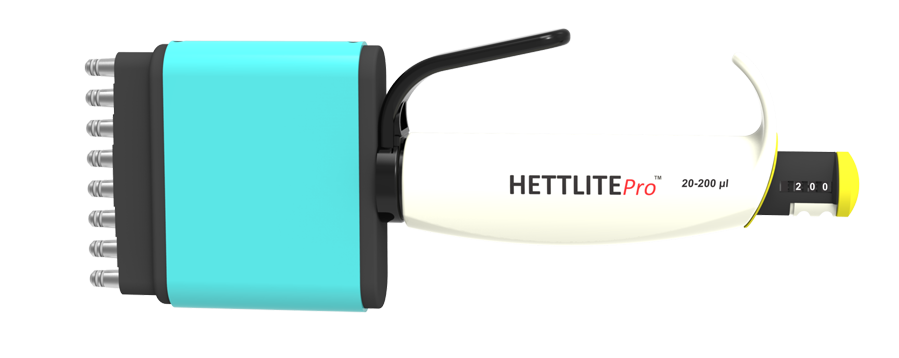
Based on their testing, use, measurement, and maintenance, pipettes are classified into five grades. We have serological/graduated pipettes, multichannel pipettes, repeat pipettes, single-channel pipettes, and transfer pipettes. The accuracy of the test results will be affected by the manner the equipment is handled.
Multichannel Pipettes
The technology and technique multichannel pipettes use are the same as the ones used in single channel pipettes. The only exception is it accepts multiple tips at one time. Since the liquid is aspirated from the same well into different channels simultaneously, the aspirated liquid levels should be equal before they are dispensed into the tubes.
Serological/Graduated Pipettes
In serological pipettes, the subject’s final volume is determined by calculating the difference in the liquid levels before and after it is dispensed. The user will place their forefinger on top of the pipette to be able to control the volume of the aspiration.
Single-Channel Pipettes
Single-channel pipettes are considered non-disposable. With its single disposable tip, it can help ensure accurate measurement results. Single-channel pipetting is associated with two techniques — forward and reverse technique.
Transfer Pipette
This is considered a basic pipette and is often only used for rough measurements. When using a pipette that is disposable, standard pipetting techniques need to be followed.
A new pipette should always be used for each task and should be discarded after testing. Liquids should be aspirated at a 90-degree angle and dispensed at 45-degree angle. Ensure that all the liquid is dispensed properly.
Repeat Pipette Dispenser
This type of pipette is designed to dispense a specific volume into multiple receptacles, without needing to aspirate. This feature can help ensure users can save valuable time and effort.
Design of the repeat pipette dispenser is different from the standard pipette. A filling and dispensing lever instead of a plunger differentiates the two types of pipettes from each other.

